On April 28, 2025, DJI announced the end of an era, quietly retiring its legendary Phantom 4 Pro and Phantom 4 Advanced drones, marking the official close of the Phantom lineup that redefined aerial photography. According to DJI’s support page, the last Phantom rolled off production lines in May 2018, with service for these final models ceasing on June 1, 2025. For drone pilots, this closure stirs nostalgia and signals a bold shift in DJI’s vision.
A Legacy That Shaped the Skies
Introduced in 2013, the Phantom series wasn’t the first consumer drone—Parrot‘s AR Drone hit shelves in 2010—but it became the gold standard. The Phantom 4 Pro, with its 1-inch 20-megapixel sensor and 4K video at 60fps, delivered professional-grade imagery in a ready-to-fly package. Its distinctive white, pillow-shaped body with sturdy legs became a cultural icon, appearing on “no drones” signs in parks worldwide. The Phantom was the drone that made aerial cinematography accessible and has had an enormous impact for hobbyists and filmmakers.
Why DJI Moved On
DJI’s drone portfolio has evolved dramatically. Modern models like the Mavic, Air, Mini, and the new Flip prioritize portability with foldable designs, unlike the Phantom’s bulkier frame. Leaks from industry watchers like our Jasper Ellens suggest a DJI Mavic 4 Pro and DJI Mini 5 are imminent, boasting advanced features like enhanced obstacle avoidance and longer flight times—up to 45 minutes compared to the Phantom 4’s 30. DJI’s focus has shifted to compact, versatile drones that cater to both casual users and pros, rendering the Phantom’s design less relevant.
The end of Phantom production also aligns with economic realities. Maintaining service for a seven-year-old model, with parts like its 5870mAh battery or proprietary gimbal, grows costly. By streamlining its lineup, DJI can invest in innovations like AI-driven flight modes and lighter materials, keeping prices competitive—current very capable Mavic and Air models start around one thousand dollars, signifcantly less than the Phantom 4 Pro’s launch price.
What It Means for Pilots
For Phantom 4 owners, the June 2025 service cutoff raises concerns. Repairs and firmware updates will halt, potentially grounding drones if critical components fail. DroneXL advises pilots to stock up on spare parts like propellers and batteries now. For recreational flyers, this may push upgrades to newer models, while professionals might eye DJI’s Inspire series for high-end needs. The shift also underscores regulatory pressures—drones face stricter rules in the U.S., with Remote ID requirements now mandatory, which newer DJI models integrate seamlessly.
DroneXL’s Take
The Phantom 4’s end feels like losing a trusty old pickup truck—reliable, iconic, but outpaced by sleeker rides. DroneXL sees DJI’s move as smart but bittersweet. The Phantom taught the world what drones could do, from capturing weddings to inspecting bridges. Now, as DJI bets on foldable, AI-powered futures, pilots should embrace the change. Newer drones are lighter (some under 0.55 pounds), fly farther (up to 7.5 miles), and dodge obstacles better. The Phantom’s spirit lives on in every frame we shoot from the sky—just don’t expect spare parts after next June.
Discover more from DroneXL.co
Subscribe to get the latest posts sent to your email.
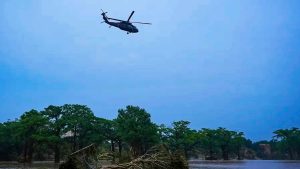
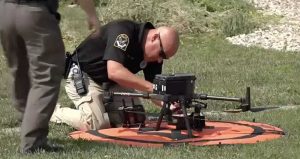

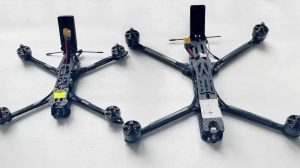
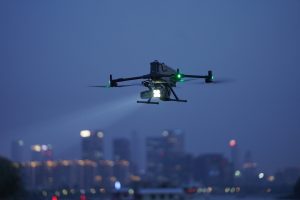



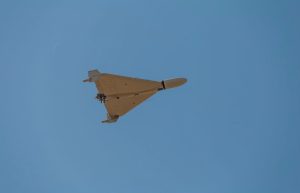
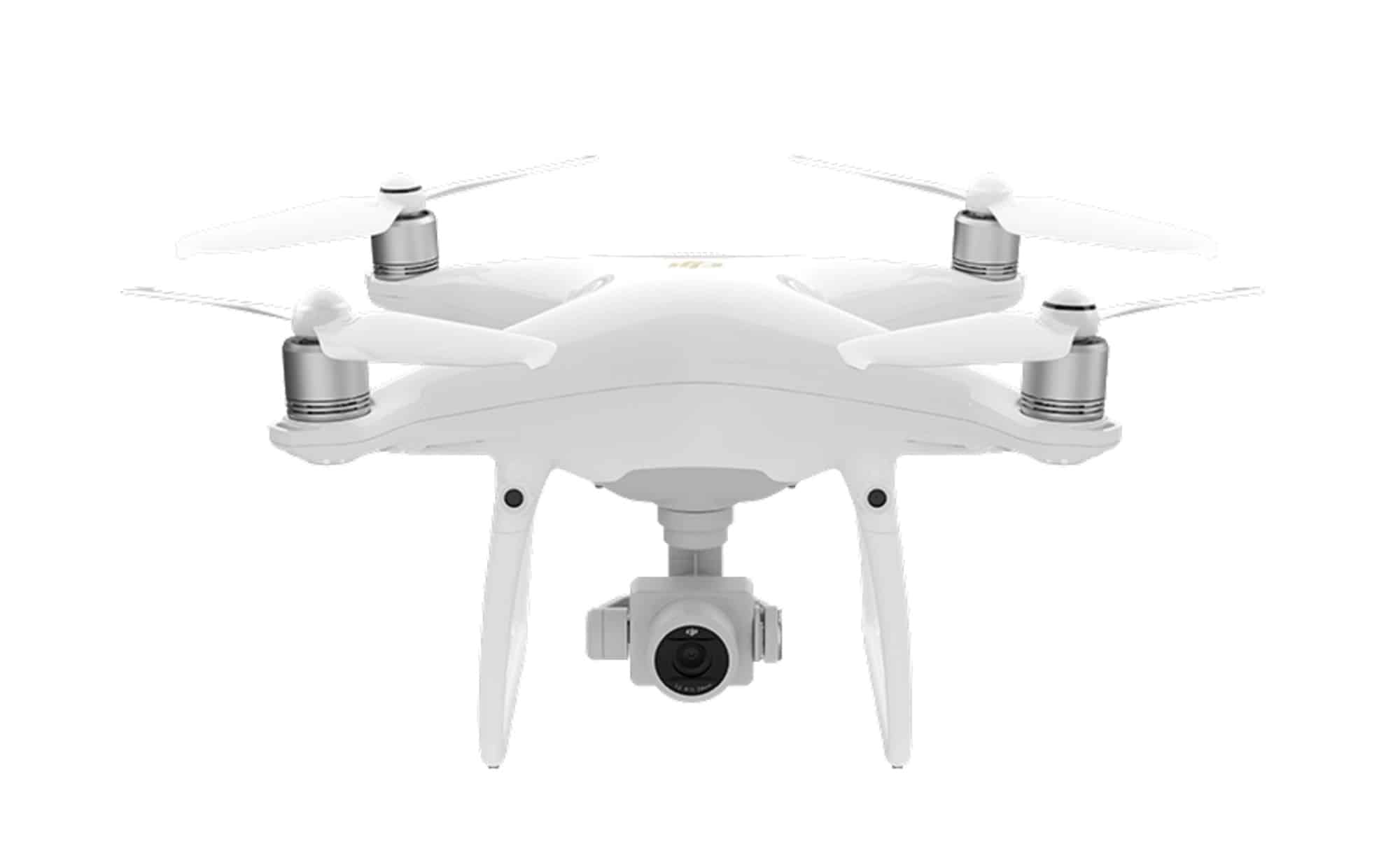
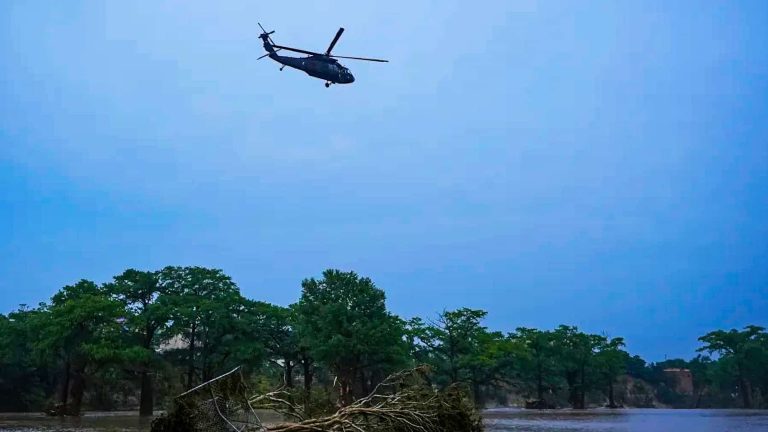
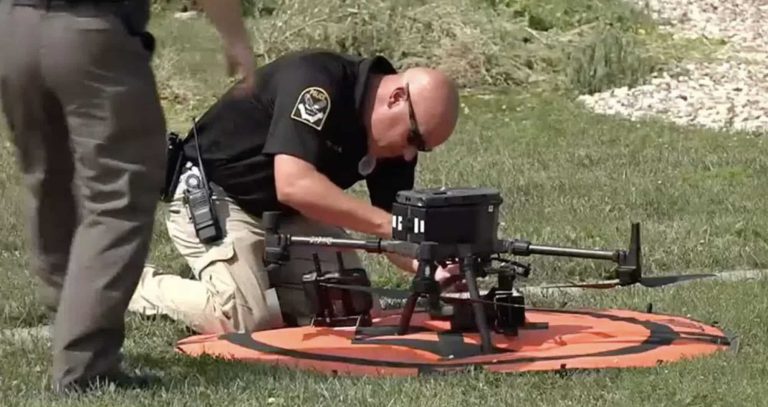

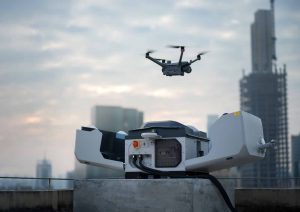

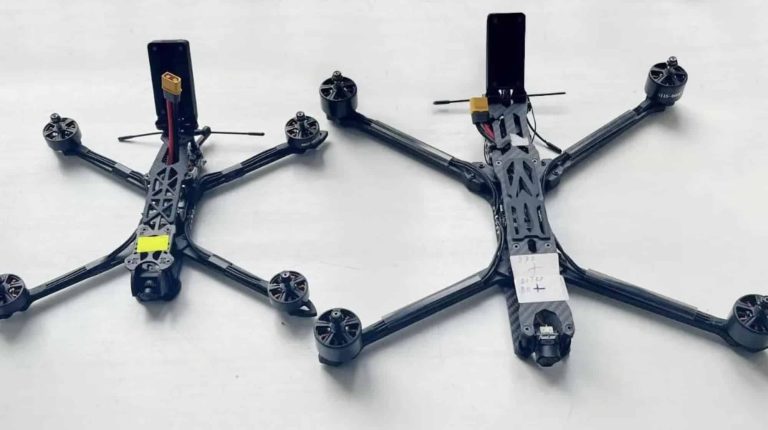
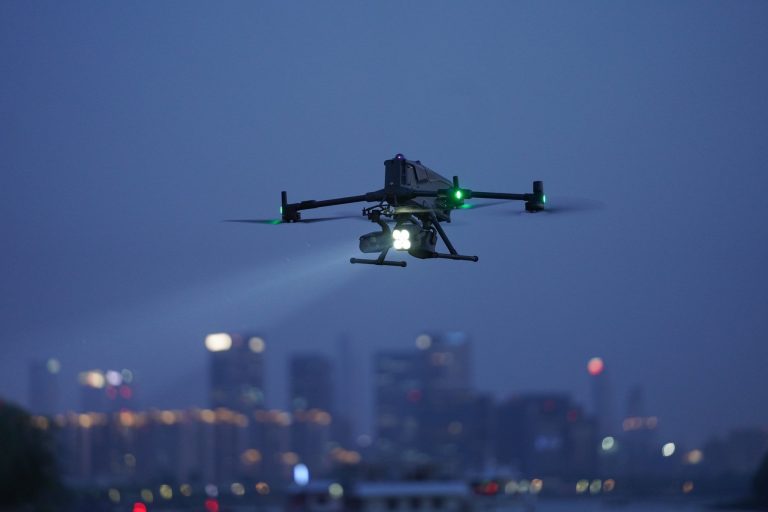
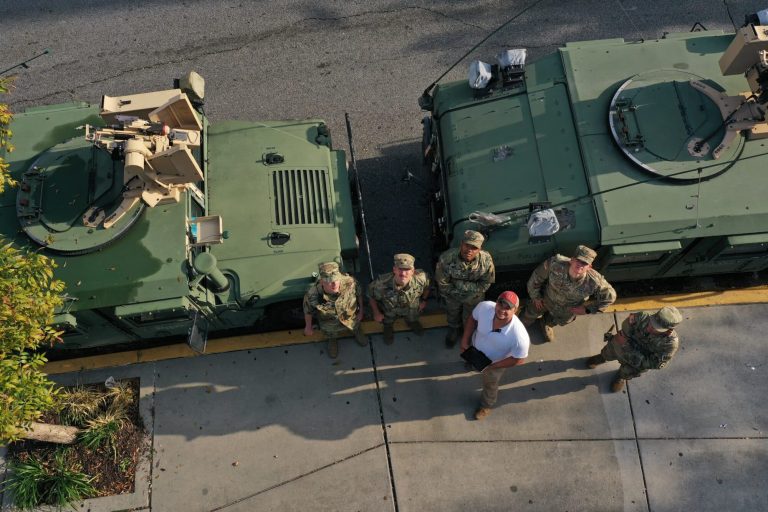
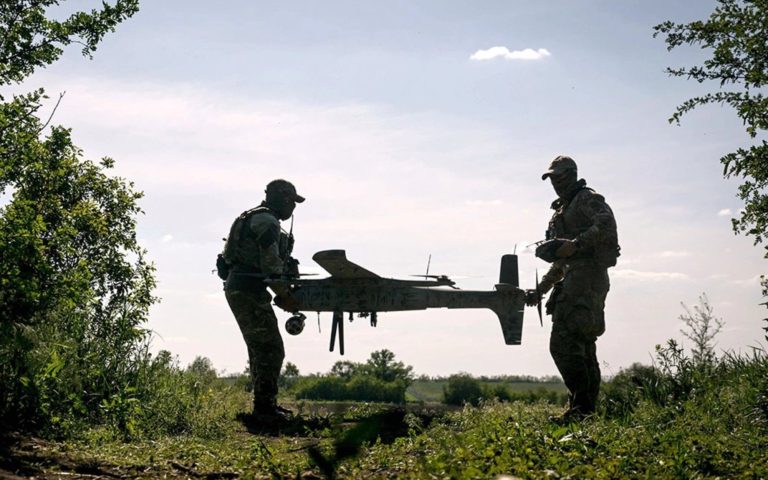
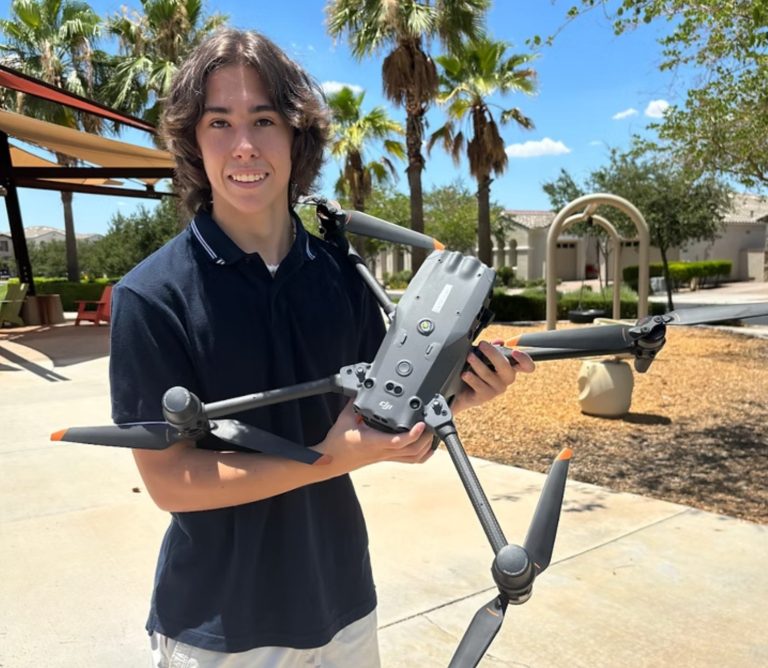
+ There are no comments
Add yours